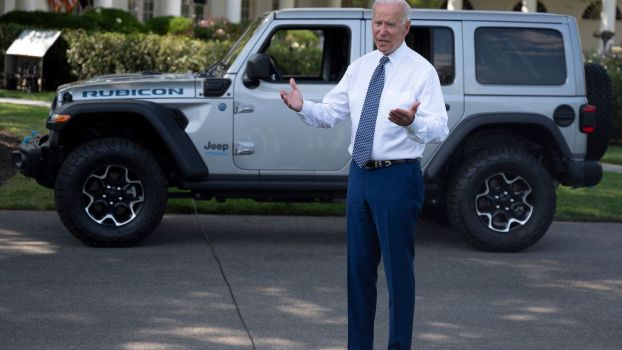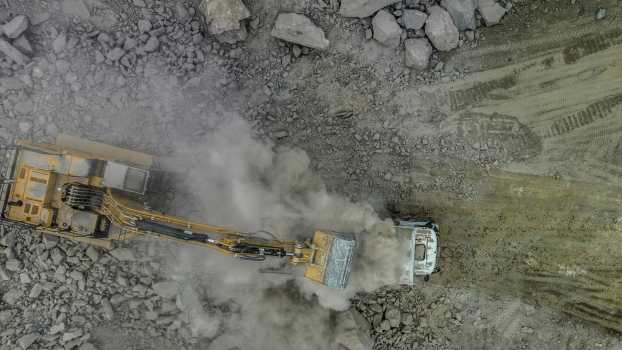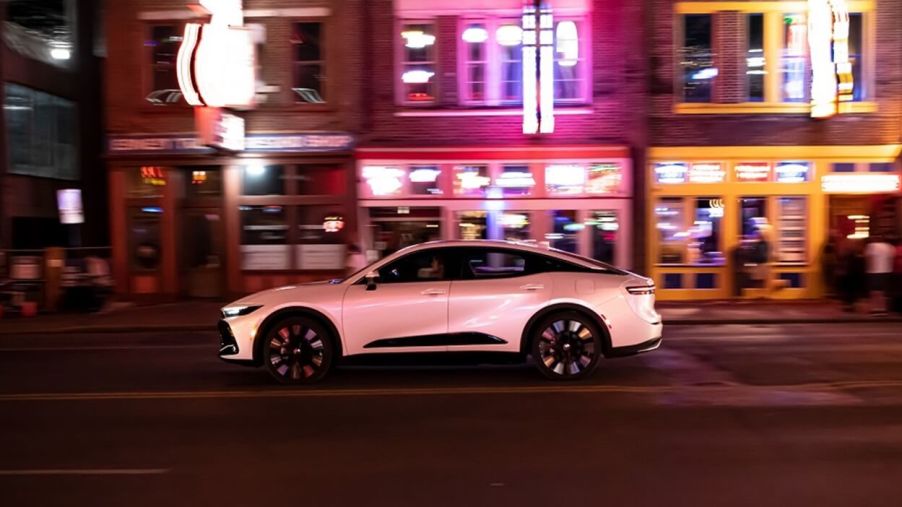
Toyotas’ Hybrid Bet Only Pays off if Gas Doesn’t Go Up and Lithium Doesn’t Go Down
Toyota is famously hesitant to go all-in on EVs. Ex-CEO and heir to the company, Akio Toyoda, went so far as to predict an EV market cap at 30% of all cars sold. For my op-ed last week, I covered the leaked “1:6:90” rule Toyota shared with its dealerships to explain the lithium “wasted” on one EV would best protect the environment going in to 90 hybrids (but could also make 6 PHEVs). Today, I want to discuss one aspect of the equation Toyota’s missing: future changes to the costs of lithium and gasoline.
If both the price of gasoline and the lithium that makes EV batteries were to stay the same, Toyota’s predictions for lithium-ion based EVs would probably be correct. That is to say, only 30% of new car buyers would willing or able to drive EVs.
But its a pretty safe bet that the cost of lithium will eventually go down and the cost of gasoline will eventually go up. There may be temporary drops in gas prices as we open new wells. And their may be temporary jumps in lithium prices as demand for EV batteries increases. But in the long run, the amount of gasoline on earth is finite. There is a ton of lithium spread throughout the earth’s crust, so as we get more efficient at mining it the price will decrease.

EVs currently cost 40% more than comparable ICE cars. As lithium gets cheaper, so will EVs. And as gasoline gets more expensive, EVs begin to look like a better bargain. At a certain gasoline price point, people may even change their lifestyles to use more public transit and or EVs.
Then there is the promise of a new battery chemistry. Every automaker is telling its investors a better, lighter, cheaper battery is just around the corner. The truth is, their scientists are trying new battery chemistries as fast as possible. Someone will almost certainly find a better one. But no one can tell you exactly how many we’ll have to try first–or how long this process will take.
That disclaimer aside, we will eventually have a better battery. When we do, EVs may be lighter and cheaper, with a better range. If they were direct competitors with ICE cars, Toyota’s 30% market cap prediction goes out the window.
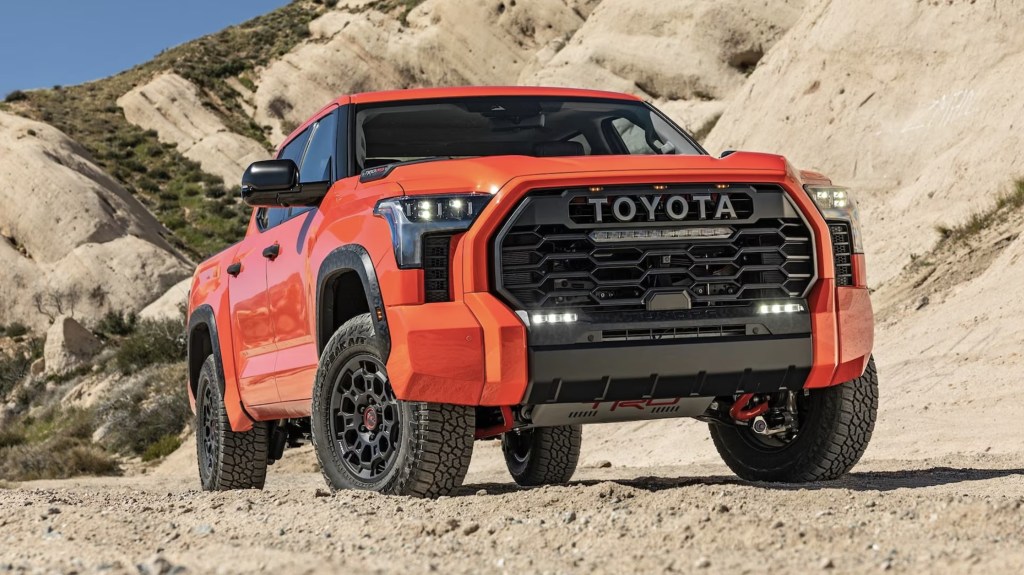
But what about Toyota’s 1:6:90 rule? Its true that current EVs use up a ton of lithium. And I’d agree that small PHEVs, with 30+ miles of range, would solve the daily driving needs of most Americans without firing up their gas engines. With our currently limited lithium supply chain, this is a great solution. I’ve long argued that a plug-in requirement now is better than a combustion ban later.
But what about that 90 hybrids part of the 1:6:90 rule? Toyota has been a pioneer of hybrids for years. And that’s fantastic. In its most recent generation of vehicles, Toyota added hybrid technology to many of its full-frame trucks and SUVs. But here’s the rub: When Toyota says that building 90 hybrids does more for the environment than one EV, it is suggesting that commuting in a hybrid Tundra is environmentally friendly. And it’s not.
This year’s fleet of brand new passenger vehicles pollutes more on average than it did ten years ago. Engines are more efficient and many of them are hybrids. But vehicles now are just that much bigger and heavier. This trend is a major obstacle in reducing emissions.
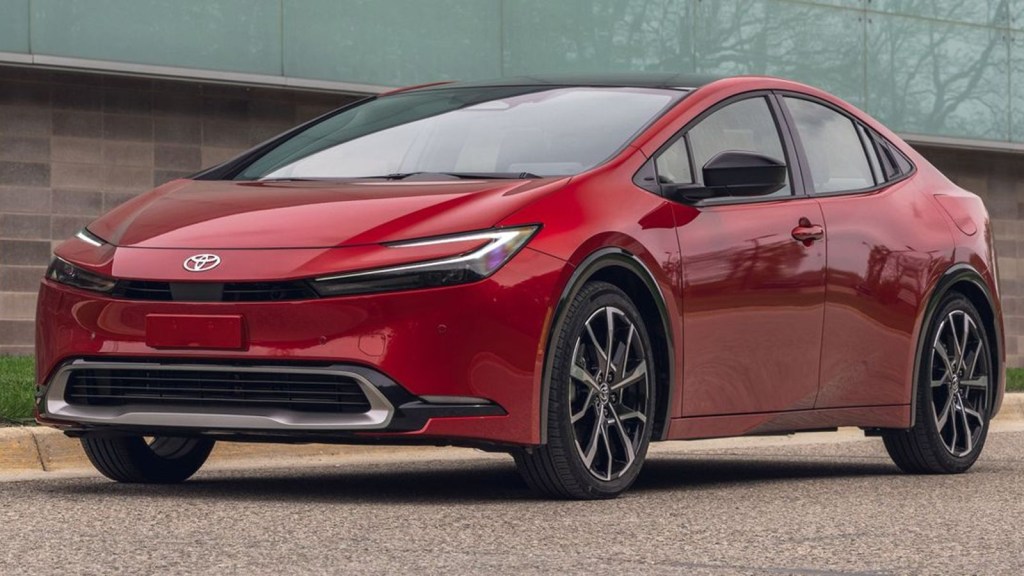
One of the reason that EV production is using so much lithium is the massive size of our current EVs. Many automakers are introducing electric pickup trucks and full-size SUVs. The Hummer EV, for example, requires a 2,800-pound battery pack. That’s enough lithium to build 15 Toyota Prius Prime PHEVs.
Toyota is doing a great job looking at the current market, and the current world, and answering this world’s needs. That’s what an automaker structured around quarterly profits must do. And to be honest, much of the world will be buying another generation of fossil-fuel burning trucks. So Toyota’s hybrid technology there is helping a ton. But the world is changing. And the very structure of our automakers means they must be reactive. They can’t possibly proactively change before the world does. And so they are in for some losses.

